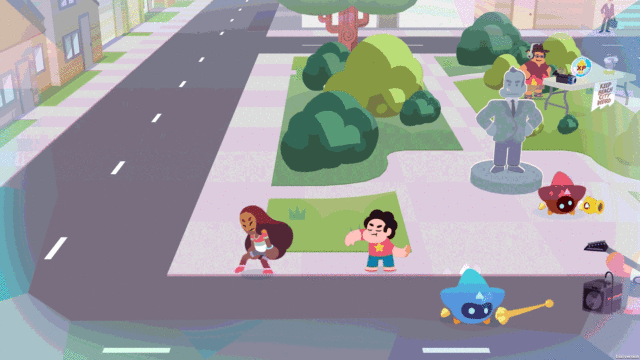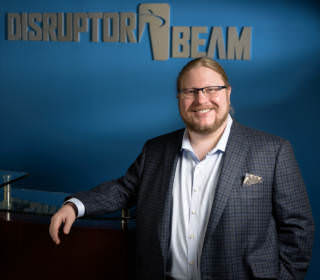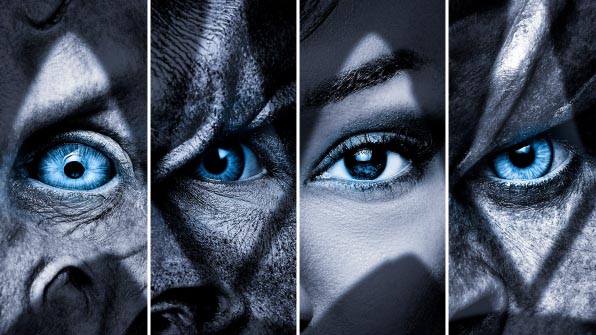There’s a star-studded cast in the six-part event series, Waco, and audiences will see plenty of actors, including Michael Shannon, Rory Culkin, Taylor Kitsch and John Leguizamo in the promotional run-up to the show’s launch on the Paramount Network early next year.
They’ll also be able to watch mini-documentaries about the real FBI agents and surviving Branch Davidian cult members involved in that deadly standoff. Those stories, many told publicly for the first time, will fan out over digital and social media, giving insight and context to the tragic clash in digestible, shareable bits.
“To hear these opposing points of view from people who were actually there during the siege makes a drama, even an epic one, that much more interesting,” Niels Schuurmans, the network’s CMO, told AListDaily. “We think it will deepen the viewer’s connection to the show.”
The nascent network—a rebrand of Spike—is taking an approach that’s becoming de rigeur for television shows and channels trying to win over consumers who are spending more of their time with digital and social media.
But it’s not enough just to fish where the fish are, industry mavens said, by seeding trailers, traditional ads and tune-in messages on Facebook, Instagram and other high-traffic online hubs.
The promotions have to be compelling and buzz-worthy, like Paramount’s planned “60 Second Docs,” drawing in potential fans with innovative original content, sometimes with a brand sponsor attached.
These ads-as-entertainment, enticing on their own, are doing double duty, with sales pitches strong enough to pull audiences away from the very platform they’re on, be it Snapchat or Musical.ly, and direct them back to linear TV.
The content is taking many forms, from online “therapy sessions” with characters from Amazon’s Transparent, in partnership with Funny or Die, to boost the upcoming fourth season, to integrations between Disney XD’s much-anticipated revival of the ’80s hit DuckTales with kid platforms like Minecraft and Angry Birds.
TNT released several digital shorts to promote its dramas Animal Kingdom and Will that follow the series stars in their downtime. The mini-movies, dubbed “Hiatus,” “continue the social conversation about the actors” and reinforce the fact that “social is the place where word of mouth starts and hopefully grows,” said Brad Roth, principal at Stun, the agency behind the work.
Broadcast and cable networks are so enamored with heavy-hitting social media giants that they’ve doubled the amount of sponsored video they post on Facebook over the last nine months, according to ListenFirst Media.
For a cult favorite series like Adult Swim’s Rick and Morty, fan response to its animated vignettes has been massive, with nearly nine million views of a clever cross-promotion on Facebook with Alien: Covenant. Subsequent Rick and Morty episodes on the Turner-owned network have been the best-watched in the show’s history.
USA Network recently launched an online scavenger hunt that unlocked the season 3 premiere date and a teaser trailer for the hacker thriller, Mr. Robot, and Paramount Network will establish real-world social media accounts for its fictional high-school characters to hook viewers for the reboot of the black comedy, Heathers, coming in early 2018.
“We’re using social and digital to enhance the story and give fans a reason to watch,” said Schuurmans. “Billboards and tune-in messages are important and everyone still does those, but there’s a bigger opportunity to hit people with something that will engage them.”
The E! Network, in addition to creating a tongue-in-cheek PSA in which Kylie Jenner teaches her digital-centric fans how to use a television, devised a first-of-its-kind Snapchat show, “Ask Kylie,” where the star answers fan questions and features guests like her famous sisters and friends as a way to hype her series, Life of Kylie.
“The marketing playbook has changed, and you have to surround young millennial consumers in all the places they live,” said Jen Neal, E! Network’s EVP of marketing. “We want to create the kind of content that converts fans into superfans and has them sharing and evangelizing on our behalf.”
To that end, the network created Kylie-themed Snapchat filters and sticker packs, along with contests, giveaways and exclusive content accessible through social platforms. And to underline the importance of the TV show itself, Neal and her team created a pre-premiere social program called “Kylie O’Clock,” meant to train audiences to head to E! at 9 p.m. every Sunday.
“This audience has a voracious appetite for what’s happening on social,” Neal said. “If you’re not providing them something cool and interesting, they’ll move on.”
Life of Kylie, with 36 million social engagements around its debut, scored the highest ratings of the year for a docuseries with teens and women 18-34, which Neal likened to a lit match. “We need to fuel the fire even more,” she said, “and, given the audience, digital and social will continue to be the core of this campaign.”
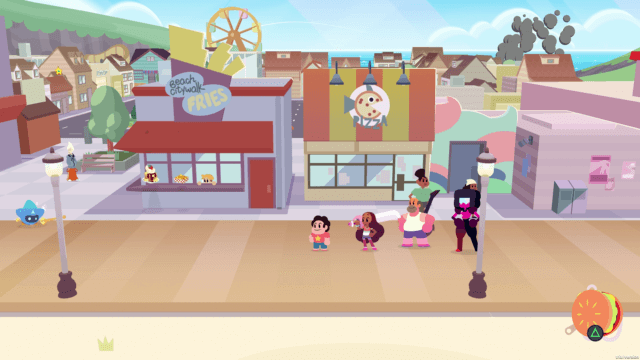
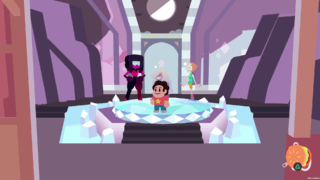 But beyond interacting with the characters in the game, Moore doubts that there will be much cross promotion between the TV show and the game. Instead, the developers are treating Save the Light as its own semi-separate universe.
But beyond interacting with the characters in the game, Moore doubts that there will be much cross promotion between the TV show and the game. Instead, the developers are treating Save the Light as its own semi-separate universe.